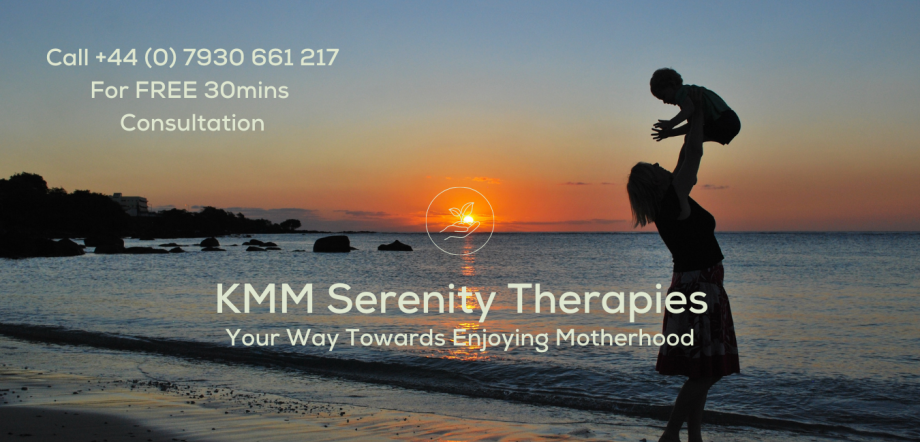Exercise through the parenting stages and why it matters
The reason, I decided to write a blog about exercise, although my work is in mental health is simple: exercise is crucial aspect of maintaining good mental health and surviving parenthood in one piece. Even a relatively small amount of movement when done regularly and consciously, can greatly lower the negative effects of stress, refresh the mind, boost confidence and a sense of achievement and improve our fitness so we can keep up with our little darlings or at least don’t get injured trying.
I will now walk you through the different stages of parenthood and show you what exercise is safe, practicable and beneficial at each stage.
Pregnancy
In the first trimester, it is better to take it easy, a lot is happening in your body, putting a lot of stress on your organs, bones, circulatory system, hormonal system and immune system. It’s a hard work creating a baby basically from scratch, so give yourself a break. There is no need to do any exercise in the first three months, so relax and rest, take a nap if you need to and don’t worry, if all is well, you’ll be perfectly fine to exercise in the second trimester. Ask your midwife for a go ahead, be careful with your posture and avoid sports with possibility of fall or injury (horse riding, contact martial arts, gymnastics etc), however you can still lift weights (how much depends on how much you can lift when not pregnant, this is no time to break your PB), run, swim, dance, do yoga, pilates and other classes (talk to your teachers before joining) and you can definitely do a lot of walking. Take it easy with core exercises as your abs will be stretching and not able to do the work they used to and you mind end up injuring your back.
In the third trimester, it is better to start slowing down again, there is no cut off point and what level of exercise you can take depends entirely on the way you feel, listen to your body. If you are tired, rest, if a movement hurts, stop. When lifting heavy (weights, shopping or toddlers), watch your posture, engage the right muscles and move consciously to avoid ending up with a prolapse. Also remember that your tendons and ligaments are loosening up to make labour easier, which will make your joints wobblier, especially if you don’t have particularly good muscle tone, so make sure your exercise is slow and conscious without any sudden movements to avoid injuries. Sex is fine throughout the pregnancy unless told otherwise by a doctor. Pelvic floor exercises are a must if you were not doing them already.
Postpartum
The first six weeks after giving birth just rest, please. Even if you had easy breezy birth, it is still a major event for your body, your organs are rearranging again, your hormones and blood pressure are all over the place and you are bleeding heavily. Your abdominal muscles are slowly coming back together (talk to your GP uf they are not) and your ligaments are loosing the extra elasticity. Exercise could cause a lot of harm at this stage, including a prolapse, which is no fun at all. You can start doing pelvic floor exercises more or less from day one, but everything else should ideally wait at least six weeks. Follow your body’s cues and make sure they are not masked by pain killers before you decide to start exercising with any vigour.
You can start with walking, just once around a garden or the building block is fine to start with in about the week one if you feel up to it and then expand on this as feels right. If all is well and you healed well, you can start adding more exercise after week six, but start slowly and build it up, take it easy with abs exercises and never go beyond pain.
Bear in mind, you are likely to be sleep deprived and attending to your baby 24/7, so unless you are a professional athlete wanting to go back to competing asap, there really is no rush to have an exercise routine. If in the first four months you can manage a few walks a week and/or 10mins of gentle yoga or pilates, you are doing great.
Around the mark of three to four month postpartum, when baby can hold their head well, you can exercise with your baby. You can have them in a carrier while dancing, squatting and lounging or walking for example. You can do push ups or plank while baby is doing tummy time. If you are fortunate enough that your baby naps in a cot and you have the energy to do so you can do a more complex routines of yoga, pilates and HIIT. If your baby will happily stay with another care giver and you don’t mind being apart, you can join classes or do activities, you can’t bring your baby to, but do not rush this stage. Forcing yourself to be apart from your baby when you before you are ready when you do not have to, can cause you anxiety, which only be counterproductive. You’ll have plenty of time to get fit for the rest of your life. It gets easier to fit in exercise as kids get older, they can even join in with you once it is safe for them. Seeing you exercise regularly is the best way to normalise it for them and motivate them to do it themselves. As they grow, there are also more opportunities for team sports, which are great fun, excellent time to bond and keep you fit for sure.
The most important message from me here is ‘Listen to your body’, push yourself beyond discomfort not pain. If you are tired, rest. If in doubt, walk. Whatever you choose to do, make sure you enjoy it, so it’ll be easier to stay motivated on the cold rainy days. Don’t give up. Today is another day to give it a go.



